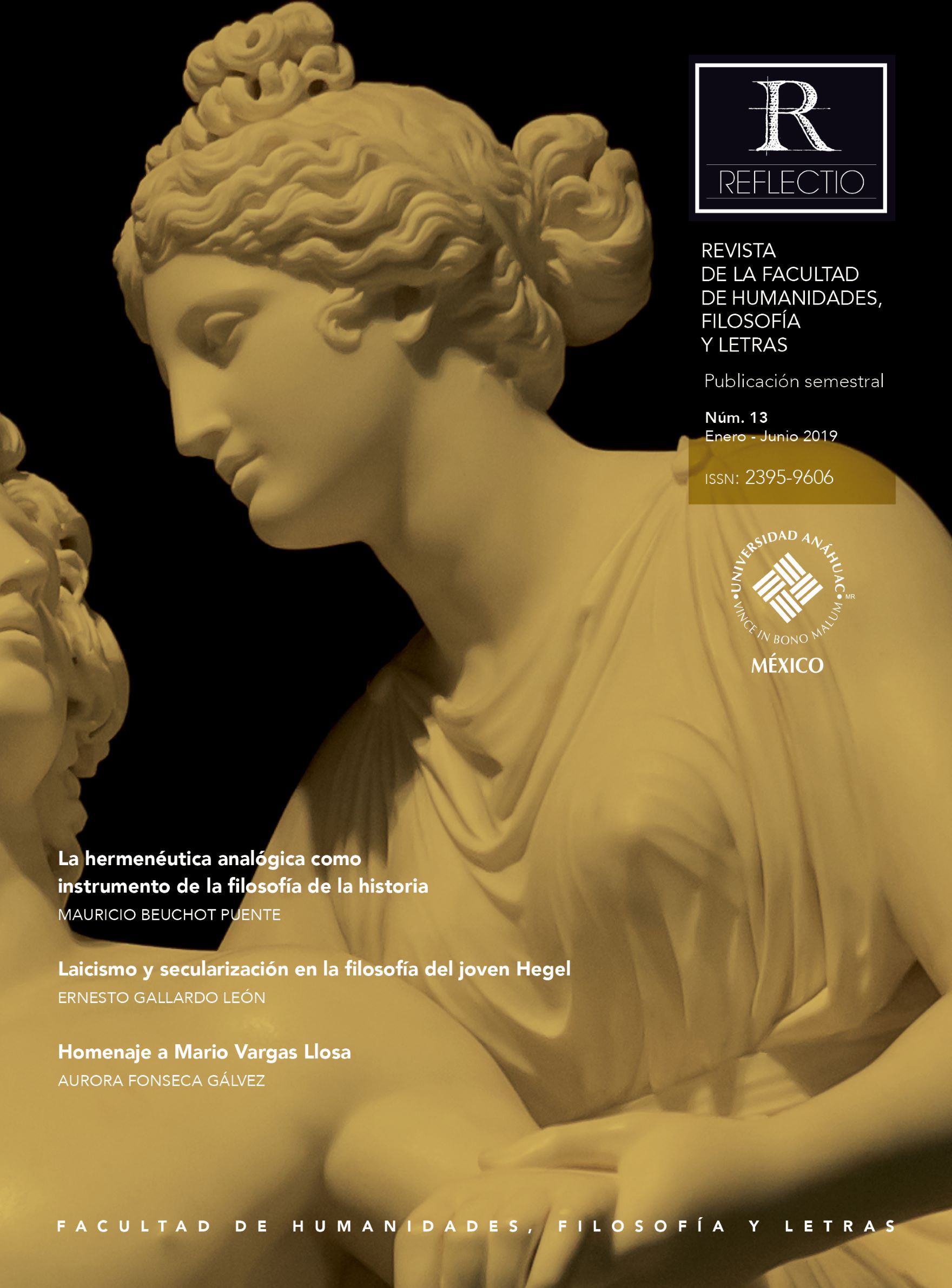The musivary through Justinian's constructive program (S. VI)
DOI:
https://doi.org/10.36105/rflt.2019n13.03Keywords:
byzantium, byzantine art, justinian, mosaics, san vital ravennaAbstract
The Byzantine mosaics are heirs of the Roman heritage, however, it would be during the reign of the Emperor Justinian (6th century), moved by a unitary idea towards the conquest of great purposes, where the mosaic would mature and reach its artistic splendor. In addition, the mosaic did not just obey an esthetic function, it also had a transcendental theological character. The cultural fusion arising from the commercial connection between East and West and potentialized with Justinian, would be key to the development of the Mosaic; reflected in its technical, philosophical and thematic aspects. Finding the most significant representations of such splendor in San Vital, Ravenna, Italy.
References
Anon. “Arte Bizantino”. https://es.scribd.com/document/50600712/Anon-Arte-Bizantino-pdf (consultado el 12 de mayo de 2019).
Blanco, José. Historia y simbología en el arte musivo de Revenna. Pharos, Universidad de Las Américas Santiago, Chile. Vol. 7, 1 (2000): 3-29.
Cortés Arrese, Miguel. Los comienzos de la pintura Bizantina. Erytheia: Revista de estudios bizantinos y neogriegos. España. 1. 6 (1985): 127-137.
Gonzales, J. J. Martín. Historia del arte. Madrid: Gredos,1996.
Maier, Franz G. Historia Universal. Bizancio. México: Siglo veintiuno editores, 1983.
Maier, Franz G. Las transformaciones del mundo mediterráneo. México: Siglo veintiuno editores, 2004.
Manuales Parramón Arte. Arte Bizantino. Historia del arte e influencia del Imperio de Bizancio. Barcelona: Parramon, 2000.
Nuñez Rodríguez, Manuel. Las claves del arte bizantino y prerrománico. España: Planeta, 1993.
Plotino. Enéada I-II. Madrid: Gredos, 1981.
Pseudo Dionisio Areopagita. Obras Completas. Biblioteca de espiritualidad y meditación. https://bibliotecadeespiritualidadymeditacion.files.wordpress.com/2017/08/obras-completas-del-pseudo-dionisio-areopagita.pdf (consultado el 18 de mayo de 2019).
Rafols, J.F. Historia del arte. Barcelona: Optima, 2001.
Riutort Ana. Arte Medieval. Miami: Firmas Press, 2010.
Sanz, Ma. Jesús. El ornamento en los mosaicos de Justiniano y Teodora en San Vital de Ravena.
Erytheia: Revista de estudios bizantinos y neogriegos. España. 11-12 (1990-1991): 175-207.
Vallespín Muniesa, Aurelio. La luz dibujada en Bizancio. EGA: revista de expresión gráfica arquitectónica.
España. 19 (2012): 232-241. https://doi.org/10.4995/ega.2012.1375
Vasiliev, Alexander. Historia del Imperio Bizantino. Madrid: Iberia, 2003.
Vidales, Luis. La circunstancia social en el arte. El ámbito del arte cristiano. Boletín Cultural y Bibliográfico.
Colombia. Vol. 9, 2 (1996): 261-270.
Downloads
Published
Issue
Section
License

This work is licensed under a Creative Commons Attribution-NonCommercial-NoDerivatives 4.0 International License.
Reflectio is distributed under a Creative Commons License Atribución-NoComercial-CompartirIgual 4.0 Internacional.
The author keeps the property rights with no restriction whatsoever and guarantees the magazine the right to be the first publication of the work. The author is free to deposit the published version in any other medium, such as an institutional archive or on his own website.















